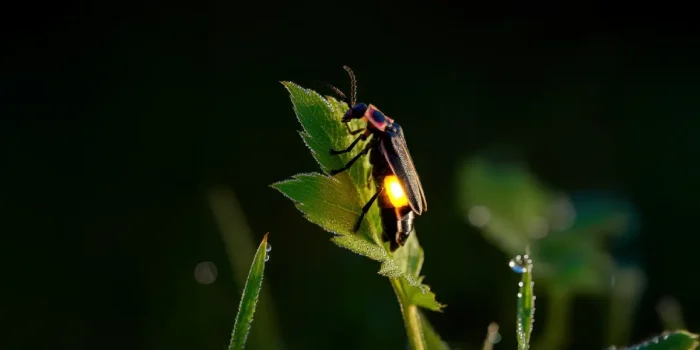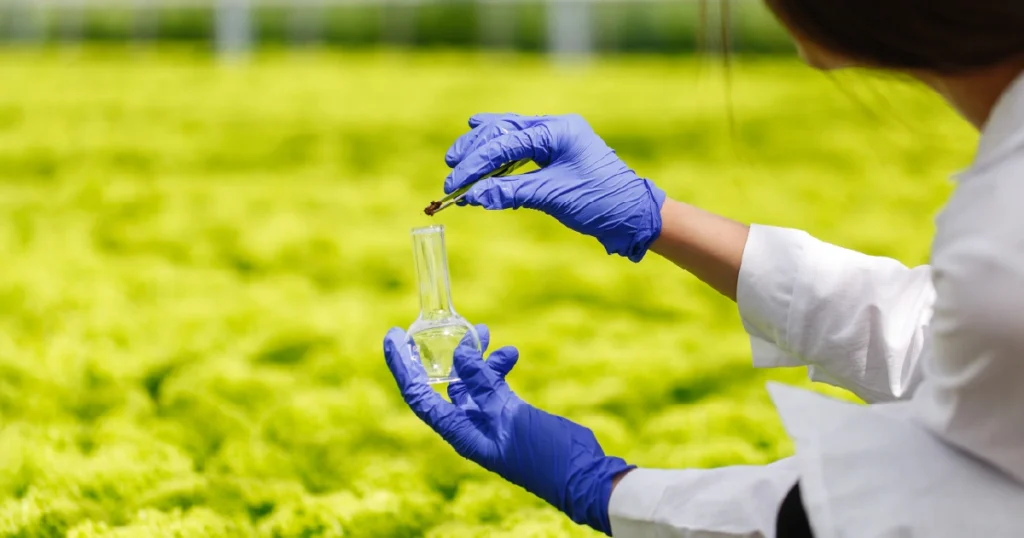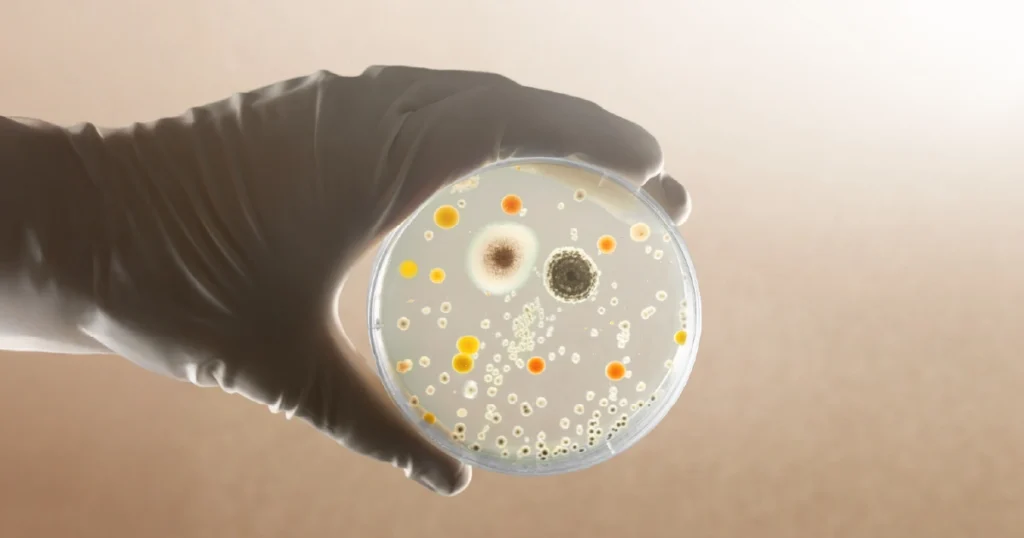Introduction
Firefly conservation is becoming urgent as these luminous insects face mounting threats from habitat loss, pollution, and artificial light. More than just summertime icons, fireflies play critical ecological roles and hold deep cultural meaning around the world. Their sensitivity to environmental change makes them powerful indicators of ecosystem health—and of human impact.
How is human activity endangering fireflies, and what can their decline teach us about sustainability, biodiversity, and cultural resilience?
Firefly Conservation and Ecological Sensitivity
Fireflies belong to the family Lampyridae and depend on specific habitat conditions, such as moist environments, undisturbed soil, and minimal light interference. In particular, their life cycles involve aquatic or semi-aquatic larvae and adult stages that rely on darkness for mating signals. Consequently, this makes them especially sensitive to environmental degradation.
As predators of small invertebrates in their larval stage, fireflies play a crucial ecological role in maintaining insect population balance. In turn, their health reflects broader changes in wetland integrity, soil quality, and exposure to harmful chemicals. Moreover, numerous studies report that habitat fragmentation, pesticide exposure, and changing hydrological patterns have contributed to global firefly population declines [1].
Moreover, unlike many other insects, these bioluminescent species numerouare not highly mobile. They often remain close to their larval habitat, which makes them vulnerable to landscape changes and microhabitat disturbances. This site fidelity underscores their value as bioindicators in conservation science.
The Impact of Light Pollution
One of the most significant yet underrecognized threats to fireflies is artificial light at night (ALAN). They use species-specific light signals to attract mates. However, artificial lighting—from streetlights, buildings, and vehicles—disrupts this natural communication, leading to mating failure and population reduction [2].
In addition, exposure to light pollution not only inhibits firefly flashing behavior but also increases the risk of predation by making them more visible to predators. Additionally, artificial lighting alters nocturnal insect community structures, indirectly affecting firefly food sources and larval survival.
Mitigation strategies include adopting “dark sky” initiatives, which promote downward-facing, motion-activated lighting. Therefore, these approaches benefit not only fireflies but also other nocturnal wildlife, contributing to the preservation of natural rhythms within ecosystems.
Cultural Significance of Fireflies
Beyond their ecological role, these natural flashes have deep cultural resonance. In Japan, they symbolize the ephemeral nature of life and are celebrated in poetry and summer festivals. Meanwhile, in North America, they evoke nostalgia and childhood wonder, often associated with unspoiled rural landscapes.
In parts of Southeast Asia, firefly congregations along riverbanks have become ecotourism attractions. For example, places like Kampung Kuantan in Malaysia host thousands of visitors annually, drawn to the synchronized light displays of Pteroptyx fireflies. When managed responsibly, firefly tourism provides economic incentives for local conservation [3].
The cultural value of fireflies creates opportunities to merge scientific and traditional knowledge in conservation. Moreover, communities that cherish these insects for their beauty and symbolism are more likely to engage in habitat protection and pollution mitigation efforts.
Conservation and One Health
Firefly conservation aligns with the One Health approach by linking environmental stewardship to community health and resilience. Therefore, protecting firefly habitats—such as wetlands, grasslands, and forest edges—improves water quality, enhances biodiversity, and reduces vector-borne disease risk.
As environmental sentinels, fireflies signal ecosystem changes that may affect other species, including humans. For example, wetland degradation that harms firefly larvae also diminishes the filtering capacity of these systems, leading to increased flood risk and water contamination.
Community-based conservation programs, school initiatives, and citizen science efforts like the Firefly Watch project are fostering a new generation of ecological stewards. These programs not only collect valuable data but also raise public awareness about sustainable lighting, pesticide alternatives, and biodiversity protection [4].
Conclusion
The fading glow of fireflies is more than a nostalgic loss—it signals environmental imbalance, cultural disconnection, and missed opportunities for sustainable living. Consequently, their sensitivity to artificial light and environmental pollutants makes them indispensable indicators of ecosystem health.
By adopting a One Health framework, which unites ecological protection with human engagement, we can preserve not only firefly species but also the stories, traditions, and natural rhythms they illuminate. Moreover, protecting fireflies is an act of protecting the night, the land, and our collective ecological heritage.
References
- Lewis, S.M. et al. (2020). A global perspective on firefly declines. BioScience, 70(2), pp.157–167.
- Owens, A.C.S. and Lewis, S.M. (2018). The impact of artificial light at night on nocturnal insects: A review and synthesis. Ecology and Evolution, 8(22), pp.11337–11358.
- Jusoh, W.F.A. et al. (2010). Fireflies of Peninsular Malaysia and their tourism potential. Journal of Tropical Forest Science, 22(1), pp.103–118.
- Fallon, C. et al. (2021). Conserving the glow: A review of firefly conservation science and practice. Insects, 12(7), 626.













